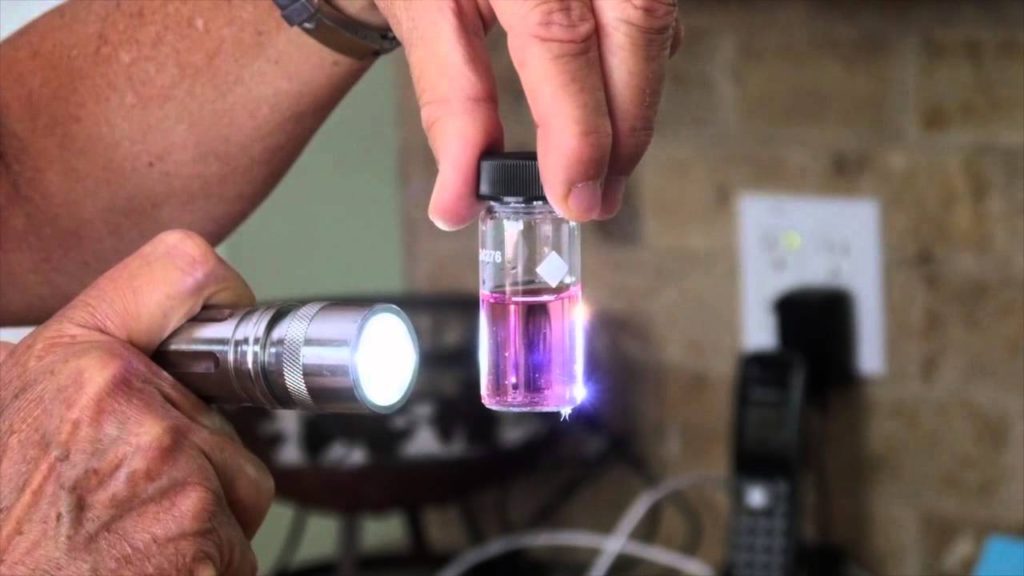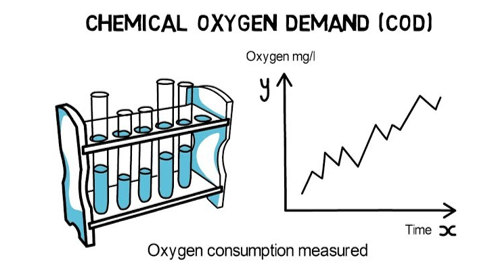Important things to know in sewage treatment plant | What is Biochemical Oxygen Demand & Chemical Oxygen Demand
There are several important things to keep in mind for proper functioning of the sewage treatment plant. Two important things are: BOD (Biochemical Oxygen Demand) and COD (Chemical Oxygen Demand) are important parameters used in the field of wastewater and sewage treatment to assess the organic pollution level of water.
Chemicals used for toilet cleaning:

In ship, when it comes to toilet cleaning, using conventional chemicals like Harpic is not feasible. This is because it will kill the bacteria present in the sewage treatment system, wherein bacteria play a crucial role in decomposing human waste and ensuring efficient sewage treatment. (Please read the chemicals used in toilet cleaning blog and visionary package to get more idea about it.)
Residual chlorine:

When we do the sample testing we check the residual chlorine, we have to ensure that there is some residual chlorine in the sample that means if chlorine is present there will be no bacteria alive in the treated water. 0.2 – 0.5 ppm Chlorine in STP sample water means that the chlorine has killed all the bacteria & still in very little quantity is remaining.
Total Suspended Solids/TSS:

In Case of measuring TSS we take sample from the 1st the TSS value should be less than 100mg/litre. In case the sample is taken from last chamber then TSS value should be less than 35mg/litre.
BOD:
The Biochemical Oxygen Demand (BOD) test is used to identify biologically decomposable substances and assess the strength of sewage. BOD relies on the activity of bacteria present in the sewage, as these bacteria consume organic matter in the presence of oxygen.
In simple terms, BOD represents the amount of oxygen required by microorganisms to stabilize organic matter. The test results are typically reported as the quantity of oxygen consumed by a one-litre sample (diluted with aerated water) during a five-day incubation period at 20 degrees Celsius.

The BOD value for untreated sewage generally falls within the range of 300-600 mg/litre. The International Maritime Organization (IMO) recommends a BOD level of less than 50 mg/litre after treatment through a sewage treatment plant.
To summarize, the BOD test helps evaluate the presence of biodegradable substances and gauges the efficiency of sewage treatment. It is conducted by actively measuring the oxygen uptake of microorganisms during a specified incubation period, with the aim of achieving a BOD level below 50 mg/litre as per IMO guidelines after sewage treatment.
COD:
COD stands for Chemical Oxygen Demand. It is a measure of the amount of oxygen required to chemically oxidize organic and inorganic substances present in the sewage. It provides an estimation of the quantity of pollutants that can be oxidized by chemical reactions.

Measuring COD helps determine the effectiveness of the treatment process in removing pollutants that might not be measured by other tests, such as Biochemical Oxygen Demand (BOD).
A higher COD value indicates a greater concentration of organic and inorganic compounds in the sewage, which can contribute to water pollution if not properly treated. By monitoring COD levels, operators can optimize treatment processes, assess the efficiency of the sewage treatment plant, and ensure compliance with environmental regulations regarding water quality.
What is the difference between BOD and COD?
| BOD | COD |
| BOD is a biological oxidation process | COD is a chemical oxidation process |
| BOD is performed by aerobic organisms | COD is performed by chemical reagents |
| BOD is measured by keeping a sealed water sample for incubation for a period of 5 days at 20 degree Celsius. The reduction in dissolved oxygen gives the amount of oxygen consumed by the aerobic organisms. | During the COD test, the water sample is subjected to a controlled environment where it is mixed with a potent oxidizing agent, along with the addition of boiling sulfuric acid, and maintained at specific time and temperature conditions. |
| BOD value is determined by 5 days. | COD can be measured within few days. |
| BOD value is lower than COD | COD value is always greater than BOD |
| BOD is utilized to facilitate the oxidation of natural organic matter and organic waste present in water. | COD is effective in treating industrial sewage, but it does not directly measure the oxygen consumed by acetates in a water sample. |
Note:
If you want to learn more about this topic, we suggest checking out our Combo package with the given link https://www.merchantnavydecoded.com/courses/c/ . It’s a great way to dive deeper into the subject through video explanations. This package covers all the important details and presents them in an easy-to-understand format. Watching the videos will help you grasp the topic better and make learning more enjoyable. So, we highly recommend giving our Combo package a try to enhance your knowledge on the subject.
Disclaimer :- The opinions expressed in this article belong solely to the author and may not necessarily reflect those of Merchant Navy Decoded. We cannot guarantee the accuracy of the information provided and disclaim any responsibility for it. Data and visuals used are sourced from publicly available information and may not be authenticated by any regulatory body. Reviews and comments appearing on our blogs represent the opinions of individuals and do not necessarily reflect the views of Merchant Navy Decoded. We are not responsible for any loss or damage resulting from reliance on these reviews or comments.
Reproduction, copying, sharing, or use of the article or images in any form is strictly prohibited without prior permission from both the author and Merchant Navy Decoded.



